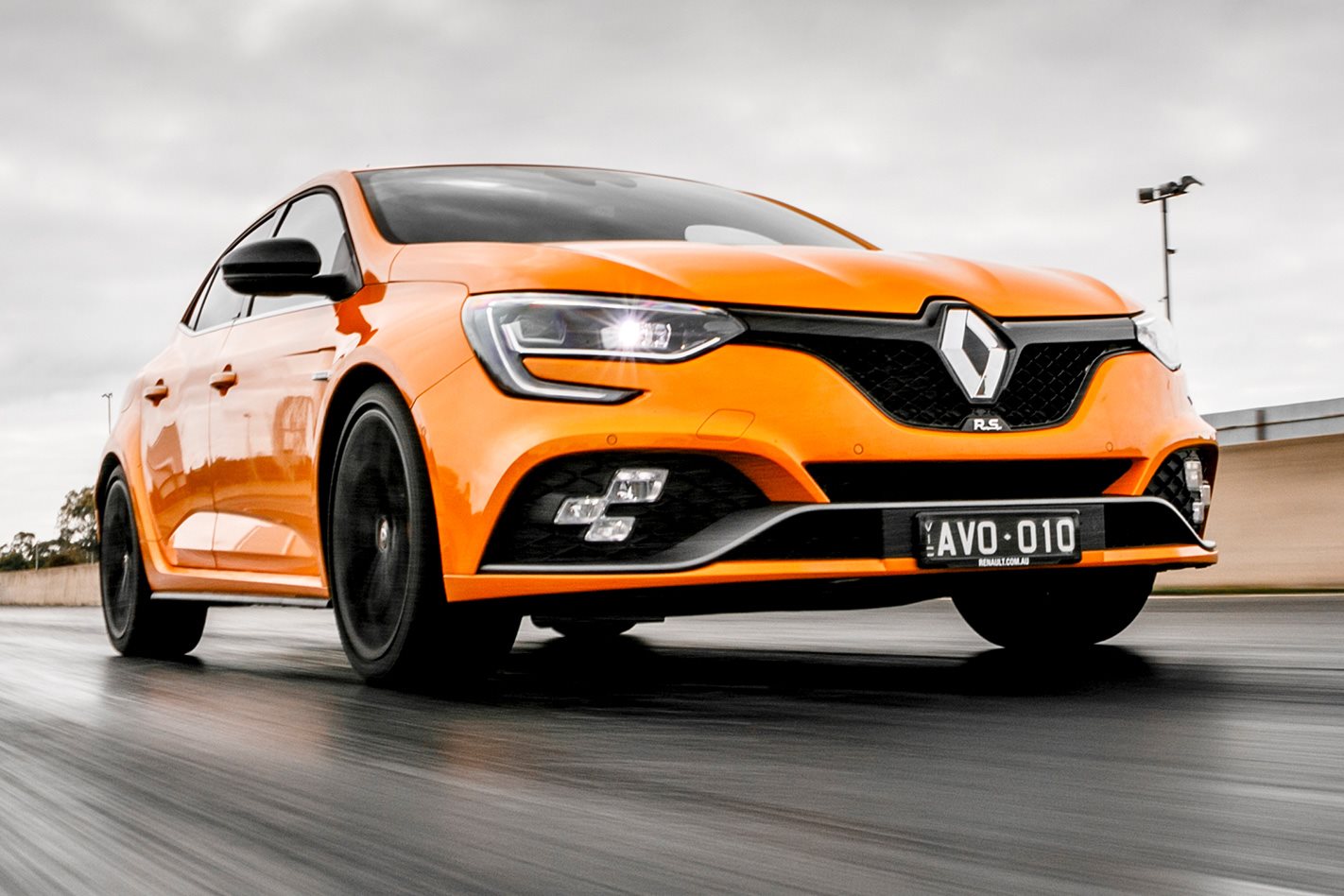EVERYBODY knows that Renault makes the best hot hatches. It’s as reliable an indicator as a Porsche performance car of the year win or a Rover K-Series head gasket failure; merely one of those little things that ground the automotive world on a reassuring footing. Sure, other hot-hatch manufacturers are available, and every once in a while one of them will build something class-leading, but these are anomalies; mere blips until normal service resumes.
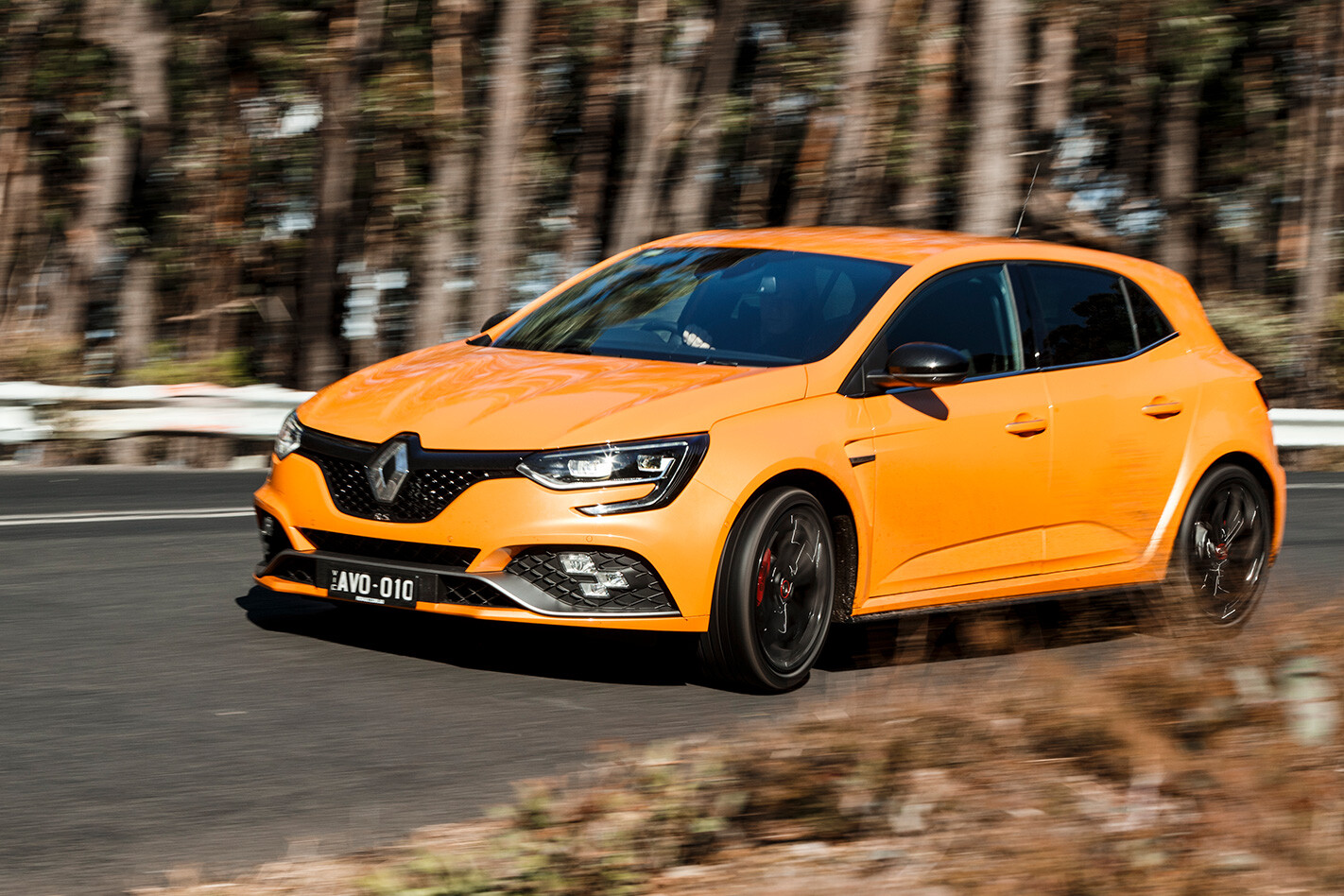
All of which ignores the fact that the first Megane Renaultsport was a bit of a dog’s dinner. The 165kW Megane 225 (launched overseas in 2004) showed initial promise but needed a fair amount of remedial work before it came good in Cup guise in 2005. Trace the lineage of many Renaultsport hot hatches and you’ll find a similar theme. The Clio III was underwhelming in initial 197 guise, taking three years before the Clio Renaultsport 200 unlocked its potential. Now we have the box-fresh Megane IV in RS280 guise and I’m wondering whether this one’s going to be great straight out of the crate or will be one to return to in a couple of years’ time.
The basics look brilliant. Out goes the old car’s 2.0-litre lump, replaced by a Samsung-built 1.8-litre four-pot that makes more power and torque than before and, unlike the current crop of hot Clios, this one’s got three pedals, although a dual-clutch is available. The suspension is the usual Renault strut and torsion beam pairing at front and rear respectively, but there are a couple of new fitments that are intriguing, to say the least. A four-wheel-steering system and a set of hydraulic suspension bump stops transform the way this car drives.
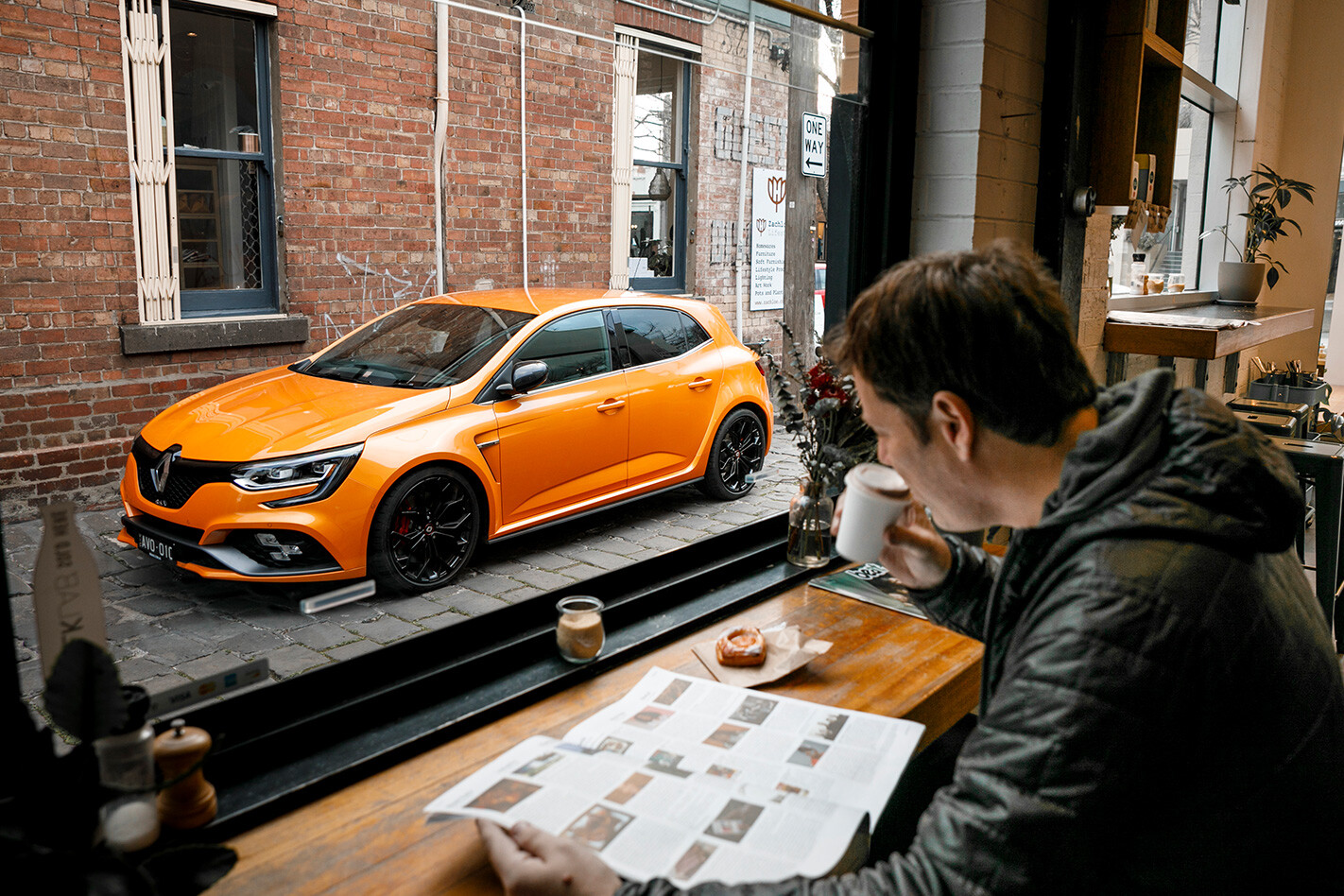
The steering does the usual trick of angling the front and rear wheels counter to each other at low speed and in concert at higher velocities, but switch the Megane into Race mode and the speed that this transition happens lifts from 60 to 100km/h. This makes the car feel unbelievably agile on turn-in, giving the steering an almost Ferrari-style pointiness.
Renault describes the hydraulic bump stop as a damper within a damper. They sit at the base of the front and rear struts, the vehicle dynamics team in Dieppe concluding that they were a better solution than adaptive dampers. First seen on the front end of the Clio 182 Trophy of 2005, the technology has been refined in Renaultsport’s rally division and gives the Megane a fluidity, even in this particular car, equipped as it is with the 10 percent stiffer optional Cup chassis pack ($1490). That also buys Brembo brakes, 19-inch alloys and a Torsen mechanical differential, so it’s money well spent. It also bumps the $44,990 asking price up to a point midway between the first and second place finishers in our hot hatch megatest from earlier this year (April 2018); the $39,990 Hyundai i30 N and the $51,990 Honda Civic Type R respectively.
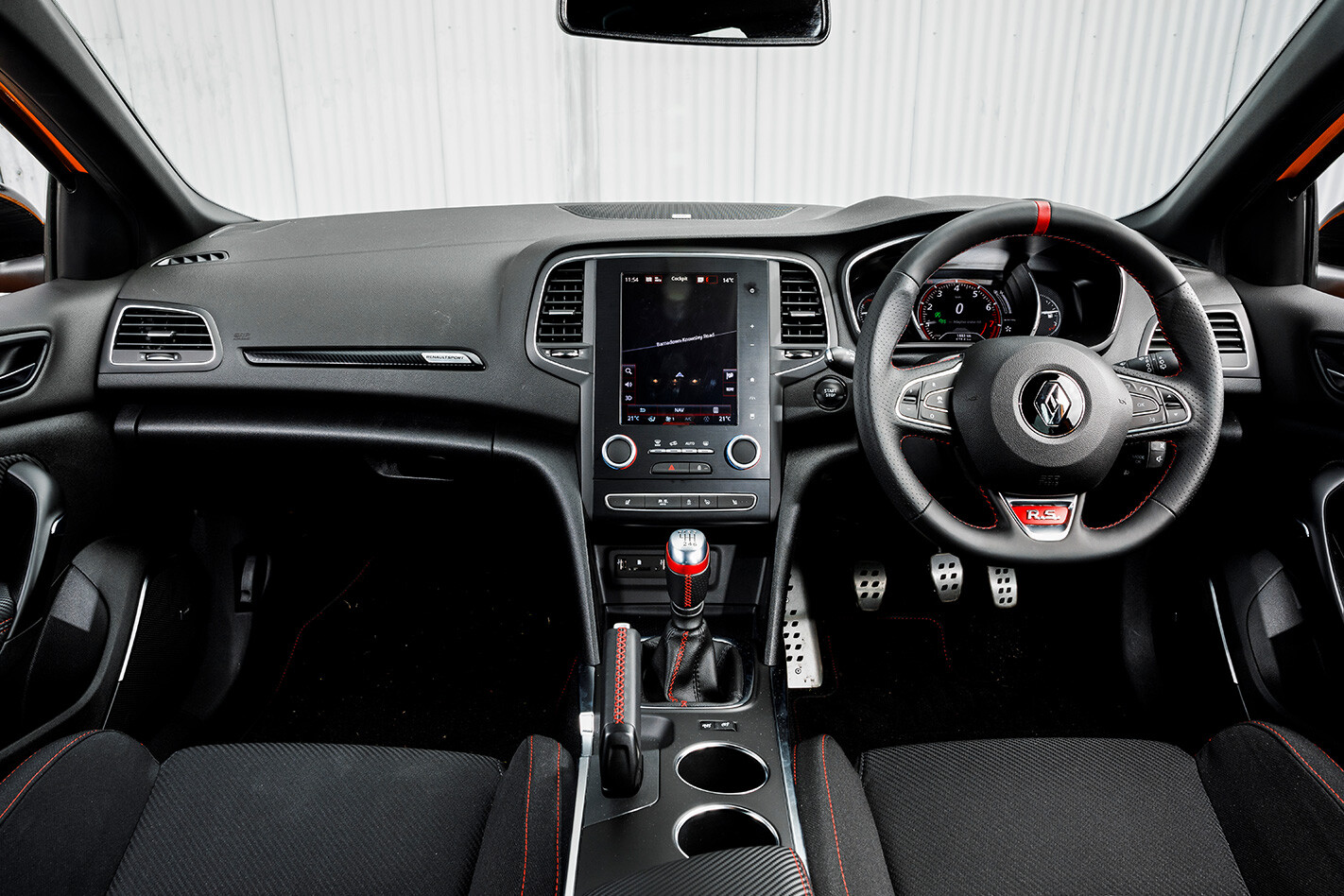
Keen to see how the RS280 feels upon first acquaintance, here’s the initial three-discipline report card.
Urban Dweller
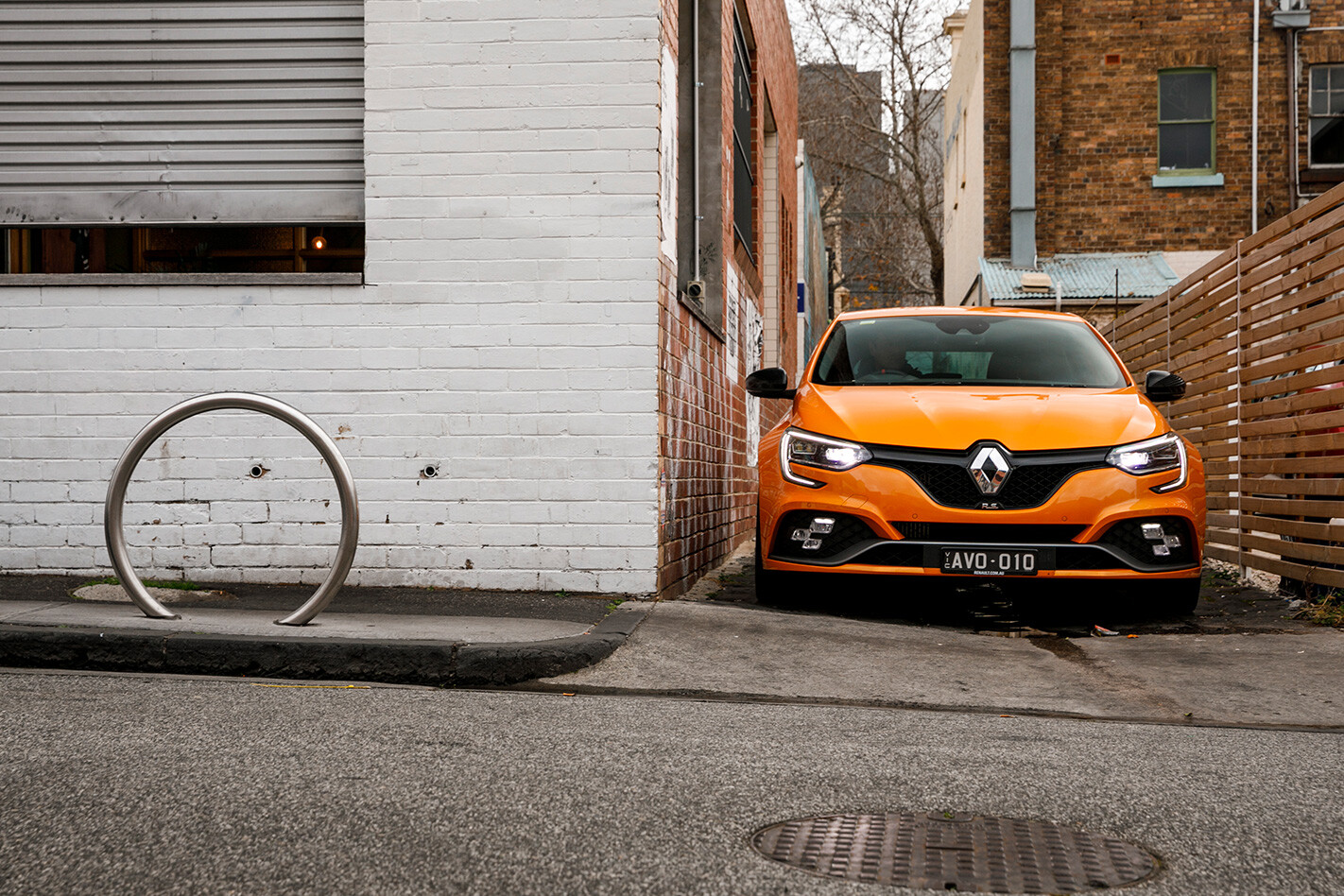
We pick up the RS280 in central Melbourne and while the ride is on the firm side, it’s never what you’d call harsh. It torque-steers and slithers on wet tram tracks, the diff sometimes having a sly snatch at the wheel, but it rides speed bumps and cobbled laneways without having you checking your health cover for chiro extras. The four-wheel steering gives it a virtual short wheelbase, which manifests in a mere slice of the wheel to send the car through 90-degree lefts and rights.
The engine pulls well at low revs, but any aural character seems to emanate from the speakers rather than anything oilier. Pressing the RS button only shuttles between two of the six drive modes. Go for anything other than Neutral or Sport and your bouncing finger will be jabbing at a tiny tab on the portrait-oriented touchscreen. In Comfort you also lose the digital speedo display. That’s all a bit French. On the plus side, you sit beautifully low in the car, with stacks of headroom even for taller drivers. And the sports seats are brilliantly supportive.
The Strip
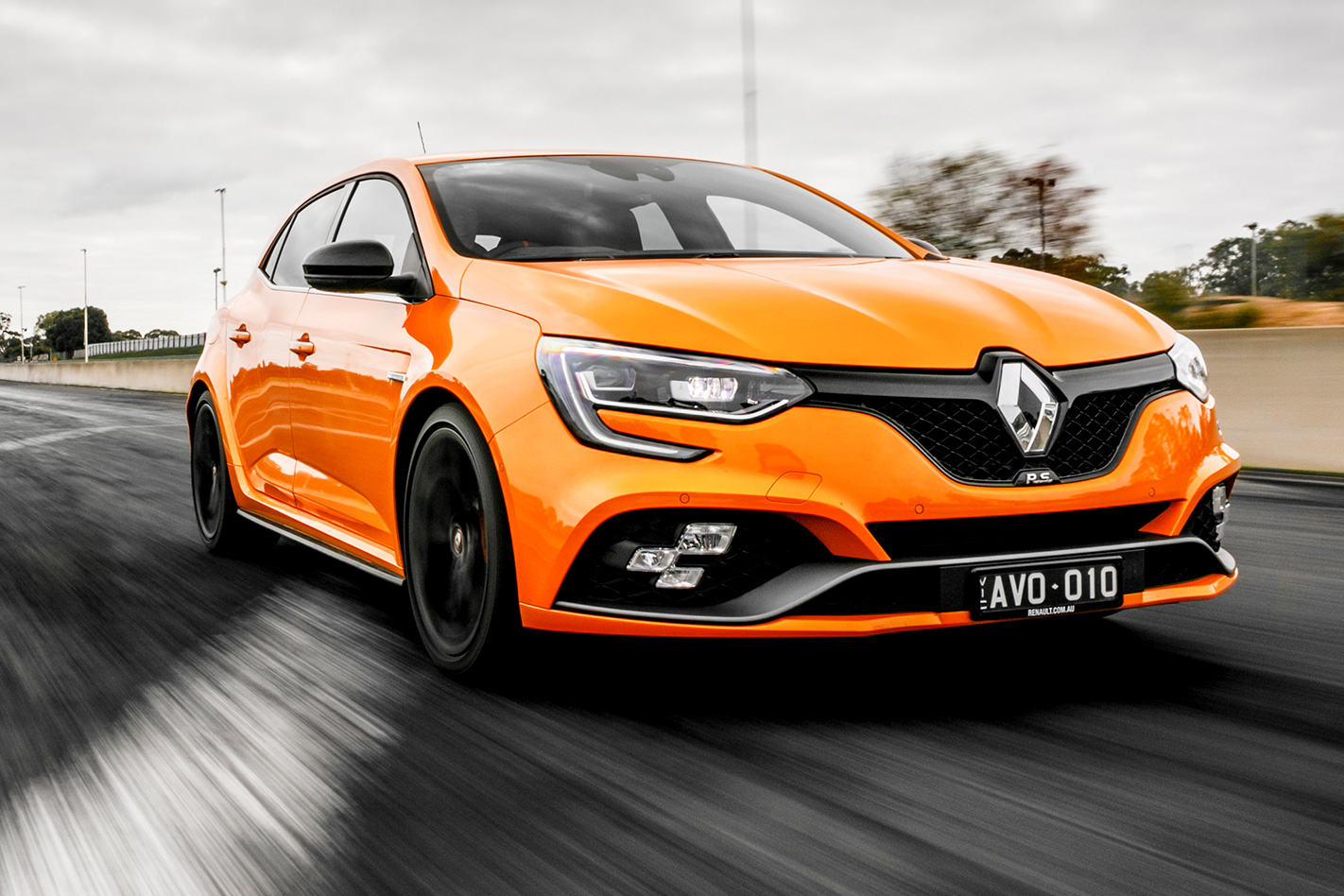
Scratch what I just said about the sports seats. The set-back pedal box forces a splay-legged driving position which, after a couple of hours at the wheel, feels like a DVT in the making as too much of your weight is pressed onto the side bolsters. Bring back the old Recaros. Likewise the switches for the cruise control are weirdly scattered between wheel and centre console. Arriving at Heathcote to a damp strip with standing water, it’s clear we’re not going to get too close to Renault’s claim of 100km/h in 5.8 seconds. That time was set with a dual-clutch version with launch control, so even in perfect conditions, we’d probably call a 6.2-second time a good ’un in the manual car.
Switch the car into Race mode and the rev counter vanishes, being replaced instead by an unhelpful digital bar. With only a knife-edge margin between manic axle tramp and flaccid off-boost bogging, the RS280 isn’t an easy vehicle to launch swiftly off the line when it’s greasy underfoot. After a handful of runs, our best effort is 6.5 seconds, with 400m vanishing in 14.5 sec at 162.9km/h.
The 100-0km/h braking test saw the pedal bend slightly onto the actuator; an issue we’d had with some other vehicles subjected to full-power decelerations. This manifested in the vehicle limping, thinking it was being left-foot braked. Pulling the pedal back up forcibly effected a fix, the issue not repeated with normal brake pedal use.
The Test Route
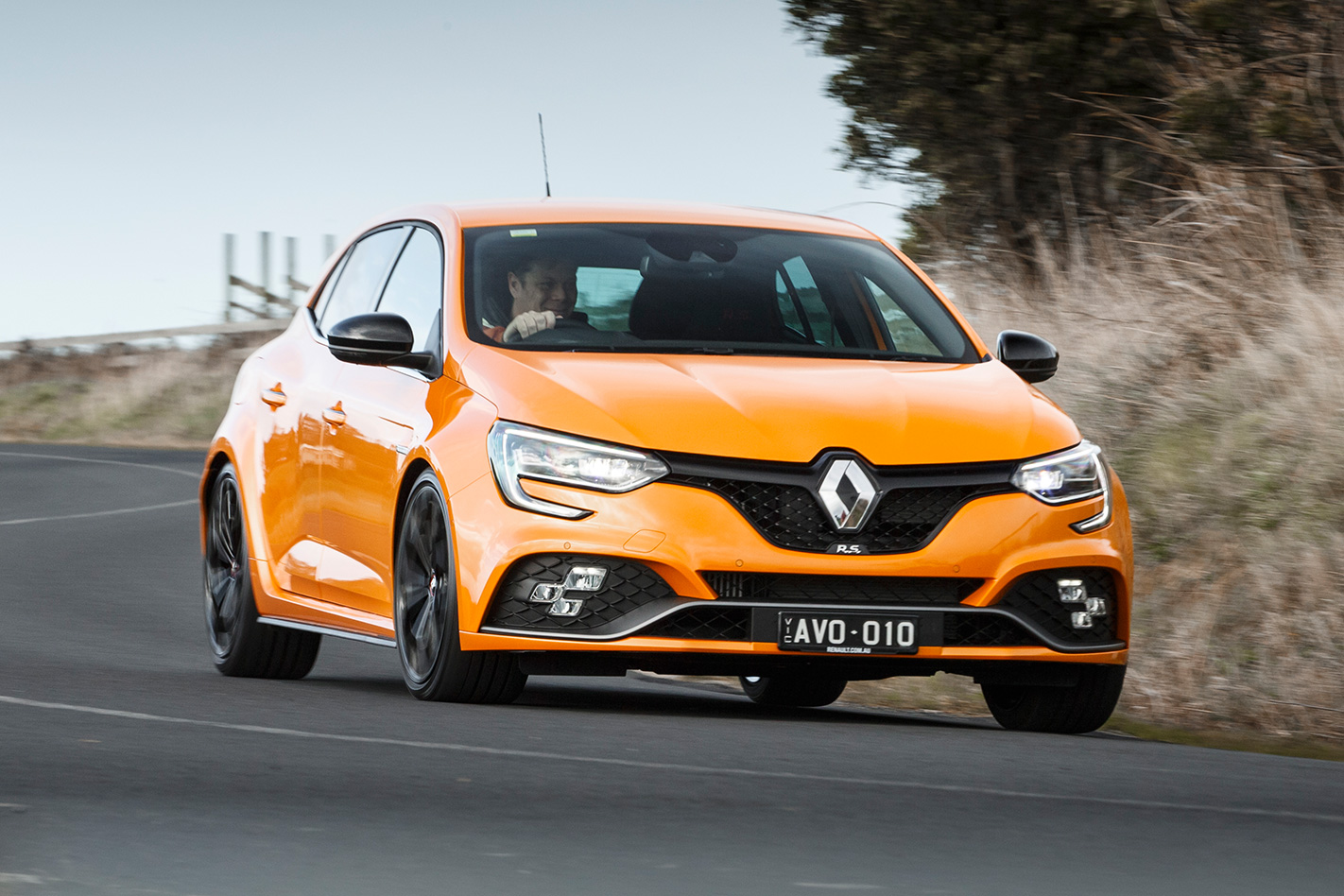
Initial impression on our challenging hill route? Good engine, strong brakes, average manual transmission, fantastic chassis. There’s not quite the consistency we would have hoped for across the major controls, the gearbox feeling a little clumsy. The vertical shift planes of gears 1-2 and 3-4 are set close, with the 5-6 shift feeling further out right, which meant that dropping from fifth to fourth wasn’t a snap back, but a deliberate guide to the spring’s detent and then a pull into the lower gear. The shift itself is deliberate but slightly notchy, and the shift knob is a weird and uncomfortable shape. The relaxed throw of the shift can also feel out of cadence with the sharp steering.
Faulting the Megane’s handling balance is a tougher assignment. It’s fantastically chuckable, with a huge amount of lift-off adjustability to tuck the nose in. The four-wheel steering can occasionally feel a little weird, almost as if you’ve hooked an outside rear wheel into a gutter, but the RS280 feels like one of those cars that gets better the harder you drive it, which is as good a mark as any of a talented chassis. Of course, for a deep dive into the dynamics of the Megane RS280, we need some sort of frame of reference…


